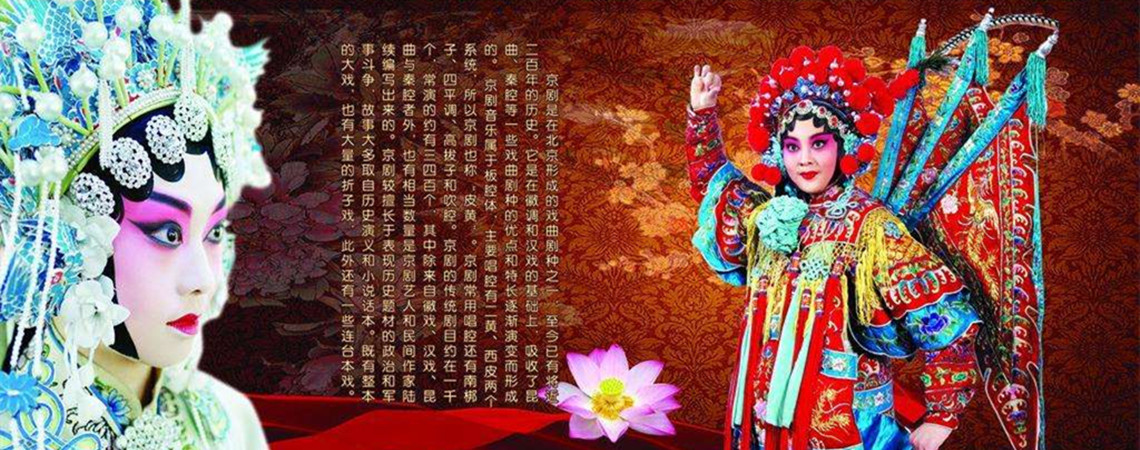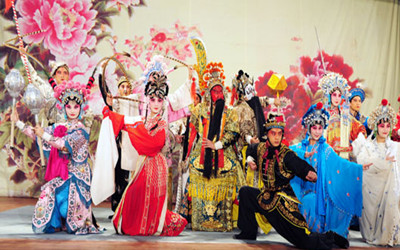Skype: neodalle-travel
Tel: +86 135 7447 2266
E-mail: sales@zhangjiajieholiday.com

 Hui Opera originated from the “Huichi Refined Melody” of the Ming Dynasty. During the Emperor Jia Jing’s reign of the Ming Dynasty, the Yiyang Tune of Jiangxi Province came down to the areas of Qingyang County and Guichi District of Anhui. It gradually became the Qingyang Tune with special local features. Being affected by folk songs and Kunqu, an opera popular in the southern area of Jiangsu Province, the Qingyang Tune developed into today's Hui Opera.
Hui Opera originated from the “Huichi Refined Melody” of the Ming Dynasty. During the Emperor Jia Jing’s reign of the Ming Dynasty, the Yiyang Tune of Jiangxi Province came down to the areas of Qingyang County and Guichi District of Anhui. It gradually became the Qingyang Tune with special local features. Being affected by folk songs and Kunqu, an opera popular in the southern area of Jiangsu Province, the Qingyang Tune developed into today's Hui Opera.
During the Emperor Qian Long’s reign (around 1770 AC) in the Qing Dynasty, four famous Hui Opera theatrical troupes mostly formulated with Anhui artists, namely, Sanqing Troupe, Sixi Troupe, Hechun Troupe, and Chuntai Troupe, went to Peking, which brought a new flavor to Peking theatrical stages and quickly earned high reputation throughout the country. Later, Hui Opera incorporated some elements of other local operas, including the repertoire, music and performing techniques from Jingqiang Opera (from Beijing), Qinqiang Opera (from Shaanxi Province) and Han Opera (from Hubei), and it gradually evolved into Peking Opera, forming its own highly stylized music and performing techniques. So Hui Opera has been deemed as the preexistence of Peking Opera.
 Ask Questions ?
Ask Questions ?